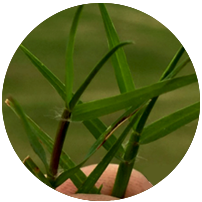If your lawn has been ravaged by pests such as grubs and army worm – don’t worry, we have a cost effective solution for you. Our treatment not only kills off the turf pests but it will also promote better growth in your grass enabling your lawn to recover quickly. CLICK HERE to schedule a booking to kill off the turf pests in your lawn.
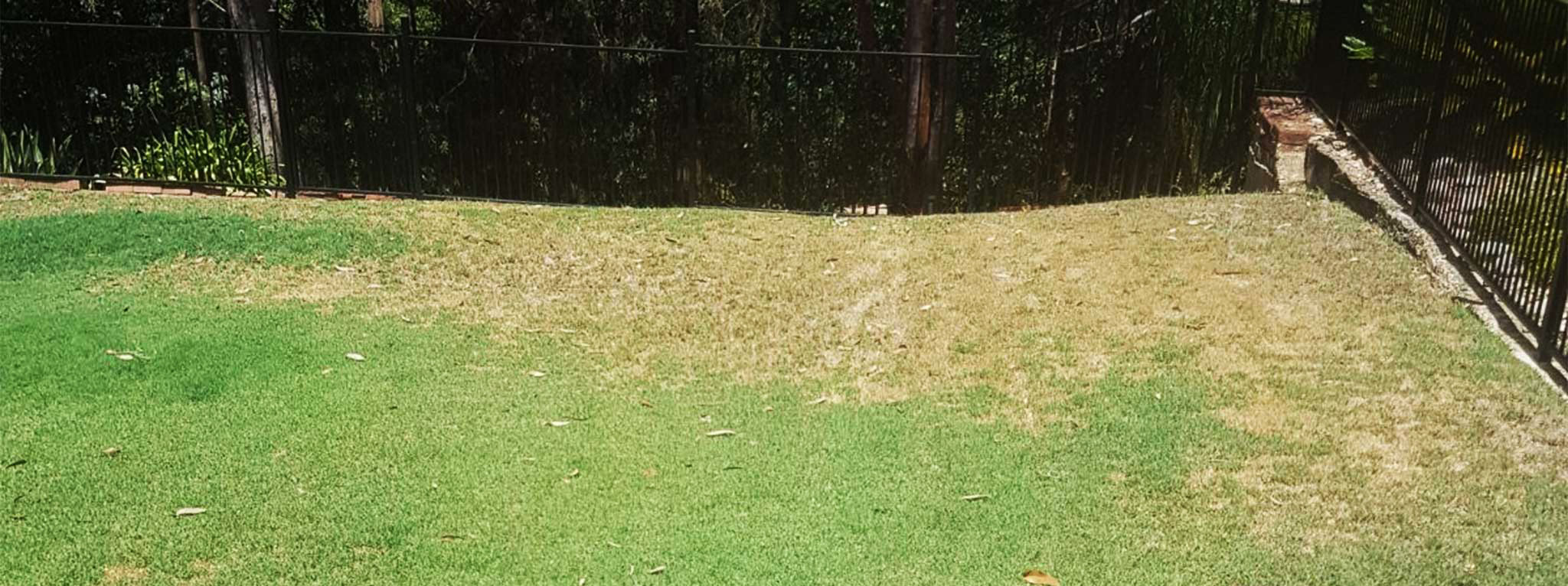
Pests
Our Lawn Care Program customers don’t have to experience any of this hassle! We use a preventative measure that disables the threat of grubs, army worm and other turf pests. Learn more about our Lawn Care Program here
Read on if you would like to learn more about grubs, army worms, sod webworm and couch mite.
Grubs
Grubs are the larvae of various beetles that feed on the roots and rhizomes of your grass.
Dead patches developing in the lawn are often the first indication that grubs may be present. The continued presence of carnivorous birds (e.g. magpies) is also a sign that the lawn may have an issue with grubs.
Drenching an area of damaged lawn with soap water and watching for 10 minutes should bring any grubs to the surface allowing you to identify the problem. This is best done in the evening time, as the sun is going down.
Peak egg laying occurs mid Spring to early Summer. Eggs hatch in the Summer & Autumn and start feeding on the roots.
The African Black Beetle itself is not a major concern. A lawn would have to be severely infested before the damage from beetles could ever outpace the lawns ability to repair and regrow from any damage caused. As lawns become dormant during the Winter, so do the beetles.

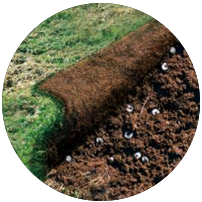
Grub Habitat
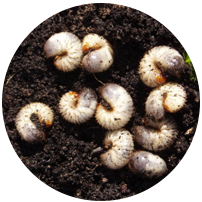
Grubs
Army worms
Army worms are a caterpillar infestation that feast on the blades of grass.
Adult moths fly onto lawns at night time and lay pockets of eggs on the lawn. These tiny white eggs will hatch after around 10 days and become tiny army worms.
From here on, the army worms will feed on the green leaf of the lawn but only at night time. They will hide in the thatch layer or in the topsoil of the lawn during the day inside tiny cocoons.
The damage caused by the army worms will appear as large patches of the lawn literally being eaten away, with masses of grass leaves appearing on the top of the lawn which have been cut off at the base. When they are done, the army worms then vacate on to the next lawn they can find.
Sod webworm
Sod webworm is another similar caterpillar that can damage the health of a lawn when they form in large numbers. The easiest way to confirm you have an issue with sod webworm is by going out on to your lawn in the morning when there is a dew present. You will be able to see silken webs if the sod webworm has infiltrated your lawn. Just like the army worm, the sod webworm will be found hidden away in the thatch layer.
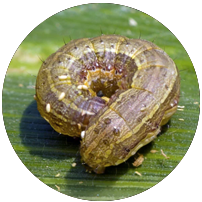
Army Worm
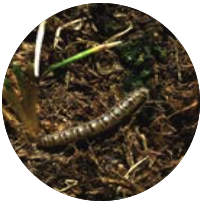
Sod Webworm
Couch Mites
Couch Mites don’t quite have the same reputation as grubs & army worms but can be equally as destructive.
Adult Couch Mites are only 0.2mm in length, making them very difficult to see.
The biggest sign you have couch mite is when you notice the damage that has already been done.
This damage involves a shortening of internodes and leaves, producing tufted growth known as “witches broom”.
Because of their short life cycle, 10-14 days, they can cause extensive damage in a short space of time. If left untreated, much of the lawn can die off.
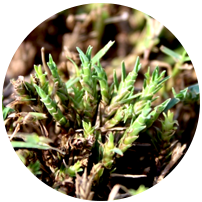
Couch Mite
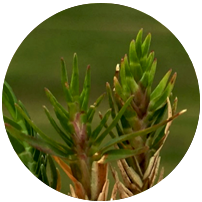
Mite Damage
